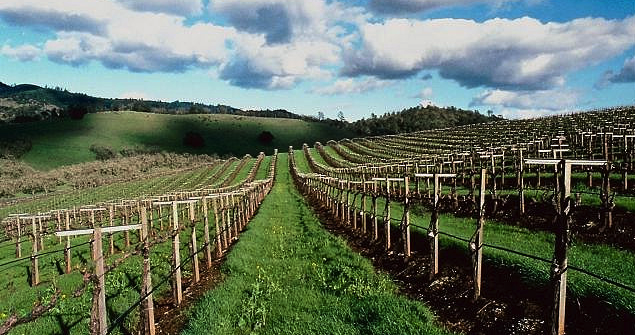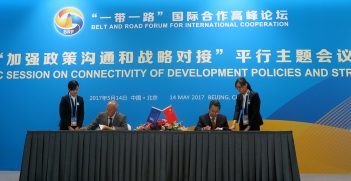Foreign Purchases of Australian Land: Tighter Rules Won’t Necessarily Deter Foreign Investment

The Federal Government has announced that foreign purchases of agricultural land will undergo greater scrutiny and reporting from 1 March 2015.
Background
Foreign investment in agricultural land is a topic of great debate within Australia. Oscillating between two distinct for and against arguments, debate has depended on little supporting data on the state of investment in Australia’s agricultural sector. Interest from foreign investors in Australia’s agricultural assets continues to grow and will play a vital role in the long-term sustainability of the sector. It is crucial therefore that debate and decision making on how this investment is regulated is informed through accurate information and data.
Comment
From 1 March, foreign purchases of Australian agricultural land that exceed a cumulative $15 million will require clearance from the Foreign Investment Review Board (FIRB). Tighter reviews on foreign purchases, according to the government, will ensure that foreign investments are ‘the right investments’ and serve the national interest.
As part of the Coalition’s 2013 election commitments, the new threshold is accompanied by plans to establish a foreign ownership register of agricultural land. From 1 July 2015, the Australian Taxation Office will begin collecting information on all new foreign investment in agricultural land. A stocktake will also commence on all existing foreign ownership of agricultural land. This will assist with a national register of foreign ownership, increasing the accuracy and accessibility of data critical to informed policy development and debate.
Foreign investment regulations remain a contentious issue within Australia. In an interview with the ABC, Business Council of Australia CEO Jennifer Westacott said that Australia needed around one trillion dollars of investment in the agricultural sector alone through to 2050 and that the new restrictions would ‘send the wrong message’ to potential investors.
Others argue, however, that the restrictions are necessary to ensure Australia’s long-term domestic food security. At present, foreign purchases of farmland of more than $248 million must be approved by the FIRB. This threshold is quite high compared with key agricultural competitors, including the United States, New Zealand and Brazil. In a global context, countries of similar economic development to Australia are ‘at least equally or more protective’ of their agricultural assets.
Due to existing free trade agreements with Australia, the reduced threshold will not apply to investors from the United States, New Zealand or Chile. FTAs concluded in 2014 with China, South Korea and Japan were also already conditional to the lowered screening threshold. Given the successful conclusion of these FTAs last year, it is unlikely that the new measures will deter foreign investment from those countries.
As Future Directions International discussed in 2014, there is inadequate evidence that strict foreign investment screening will discourage investors. In New Zealand, where farmland is categorised as “sensitive”, any land purchase of five hectares or more must be scrutinised by the Overseas Investment Office. This strict review process did not prevent the country from reaching an FTA with China in 2008, nor did it prevent foreign investors spurring the huge growth of New Zealand’s dairy industry.
To ensure that foreign investment continues to meet Australia’s interests and promote the country’s long-term food security, it is important that foreign land ownership is tracked accurately and transparently. The proposed land registry will assist in addressing the deficit in available data, informing debate and guiding decision making on foreign investment in Australian agriculture.
According to one commentator, the current debate, centred on the foreign ownership of agricultural land, needs to evolve to a broader debate about the future of the agricultural sector. What is really required is a wider discussion regarding the ownership of assets – land, water and agricultural businesses – and the investments required, both foreign and domestic, to develop a sustainable agricultural sector for Australia for the future.
Sinéad Lehane is a research manager at Future Directions International’s Global Food and Water Crises Research Programme. This article was originally published in Future Directions International on 18 February 2015. It is republished with permission.





